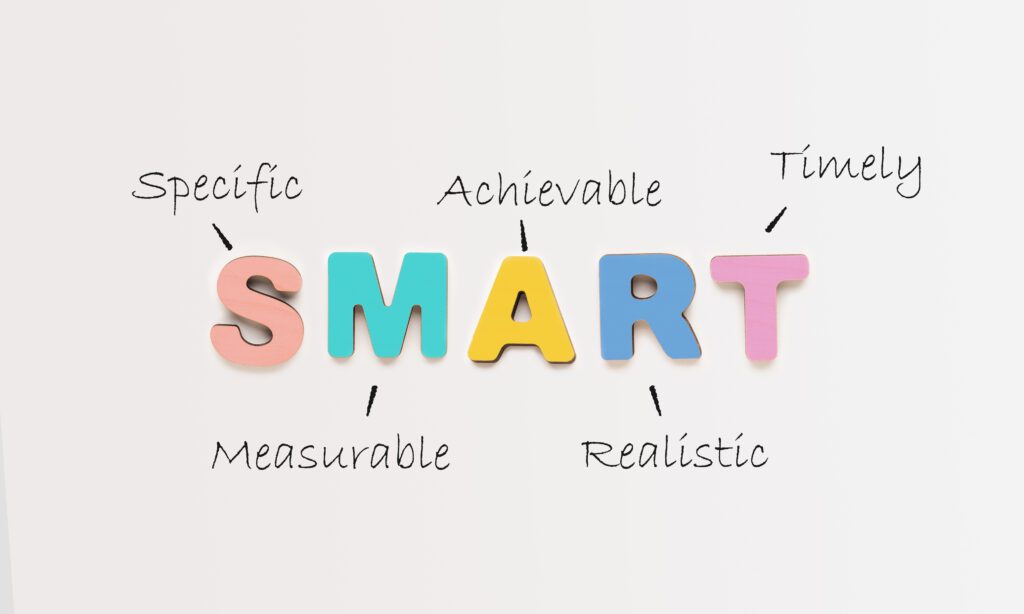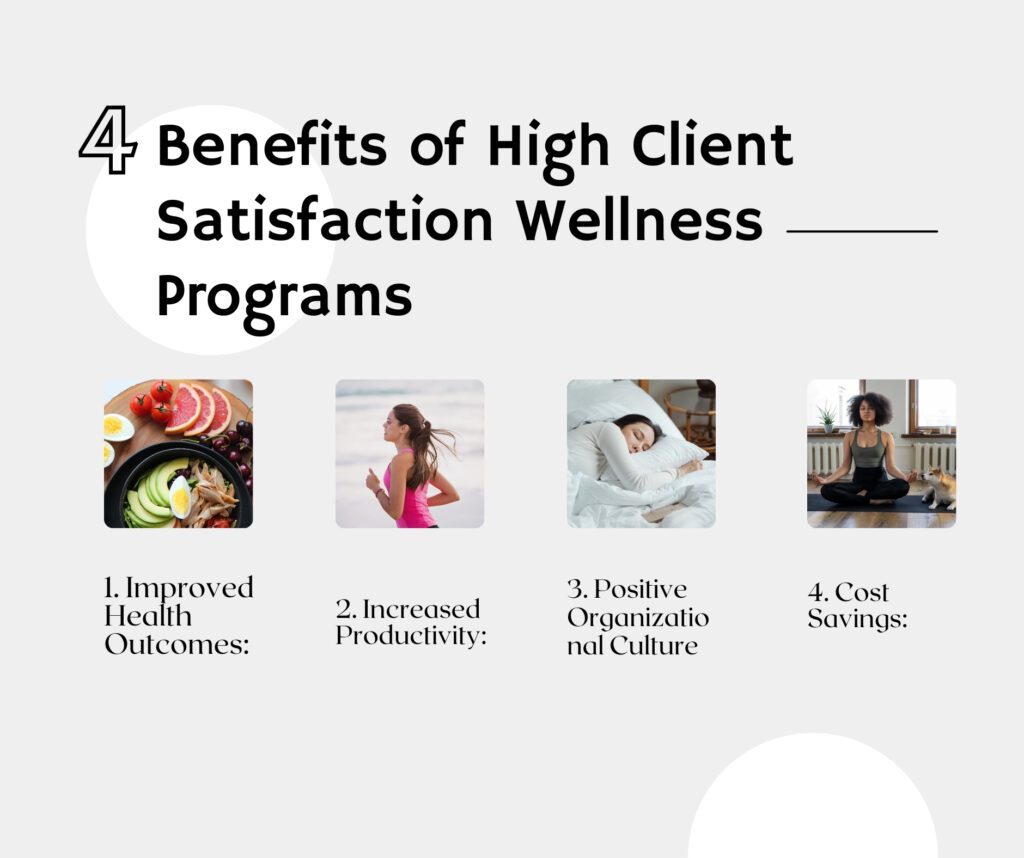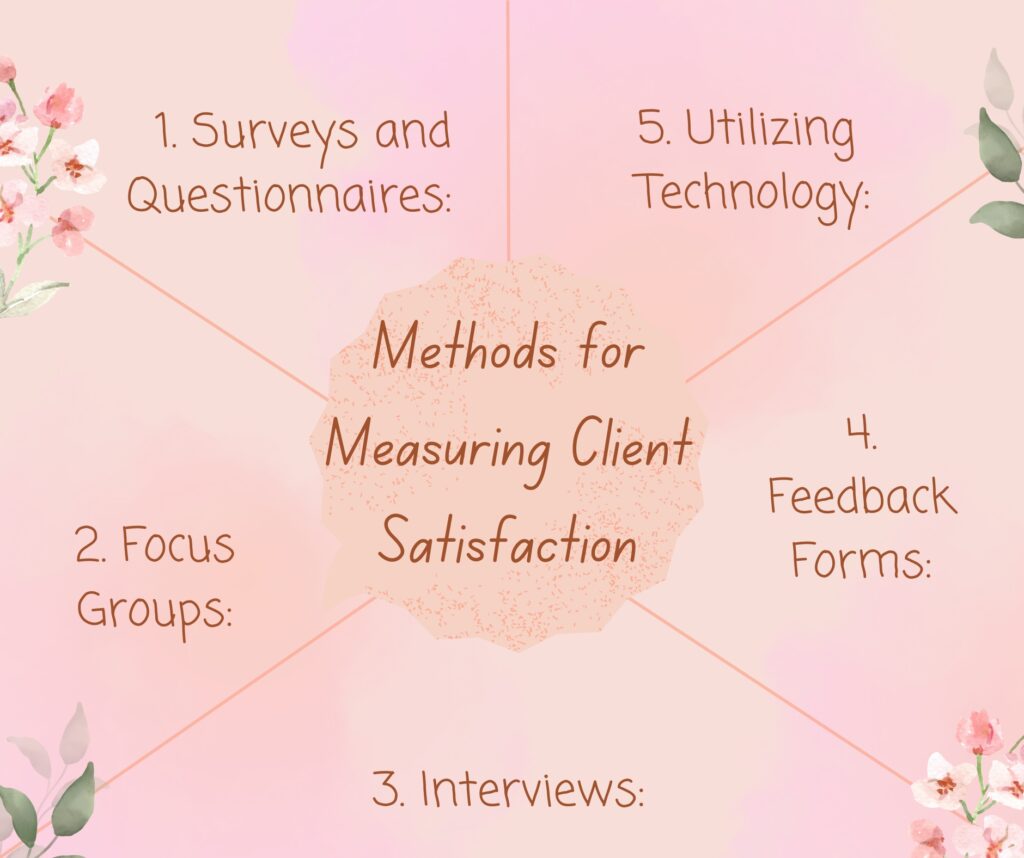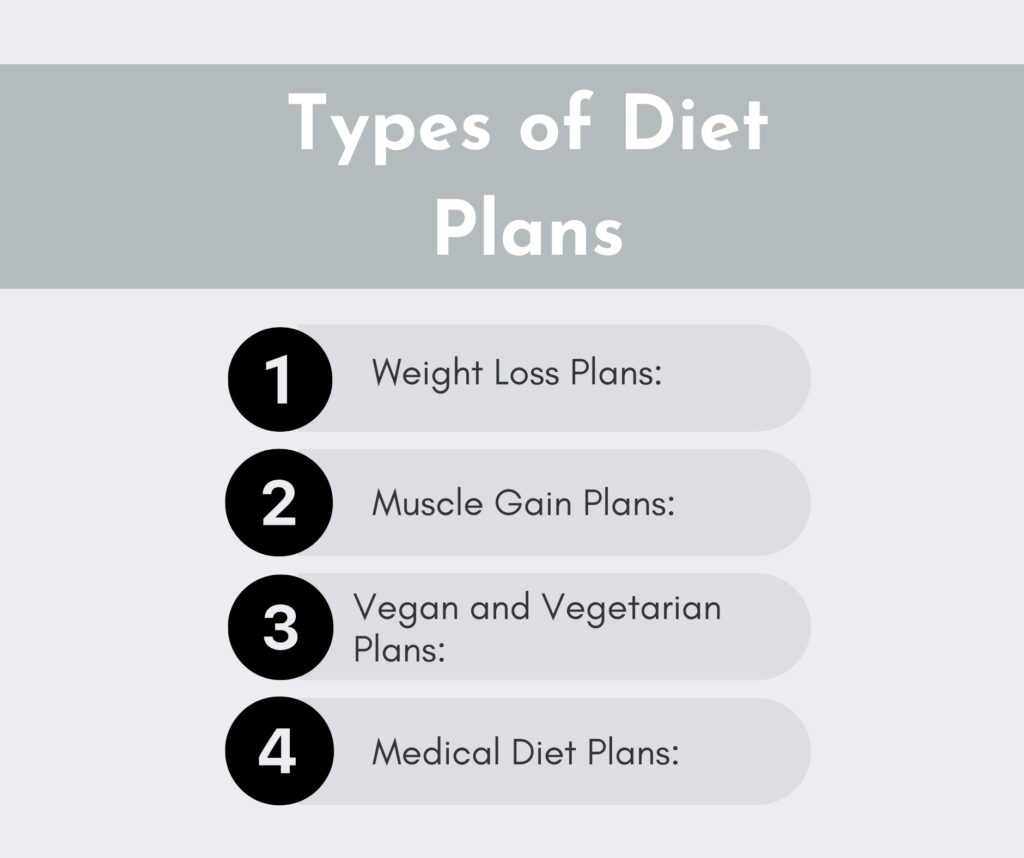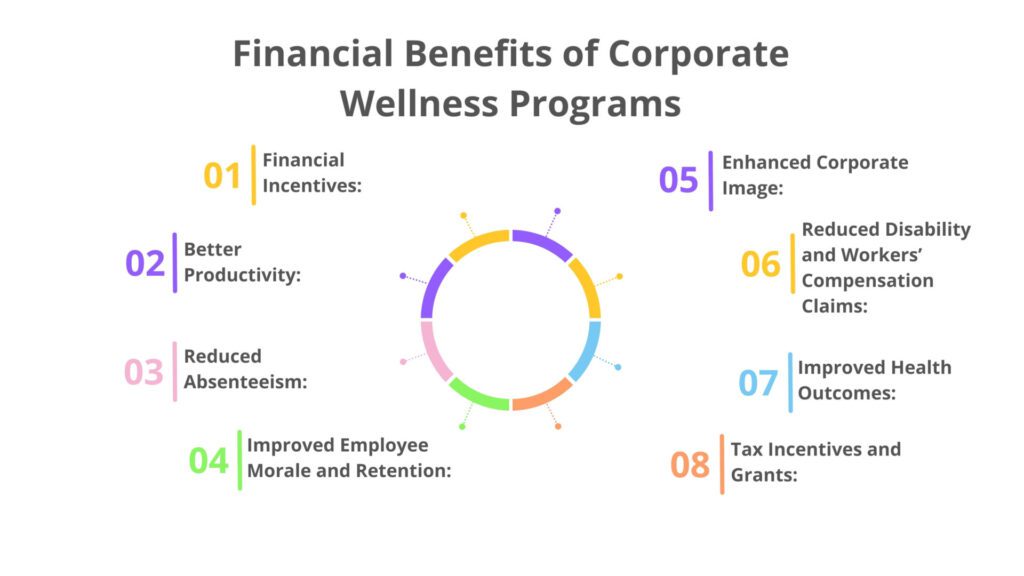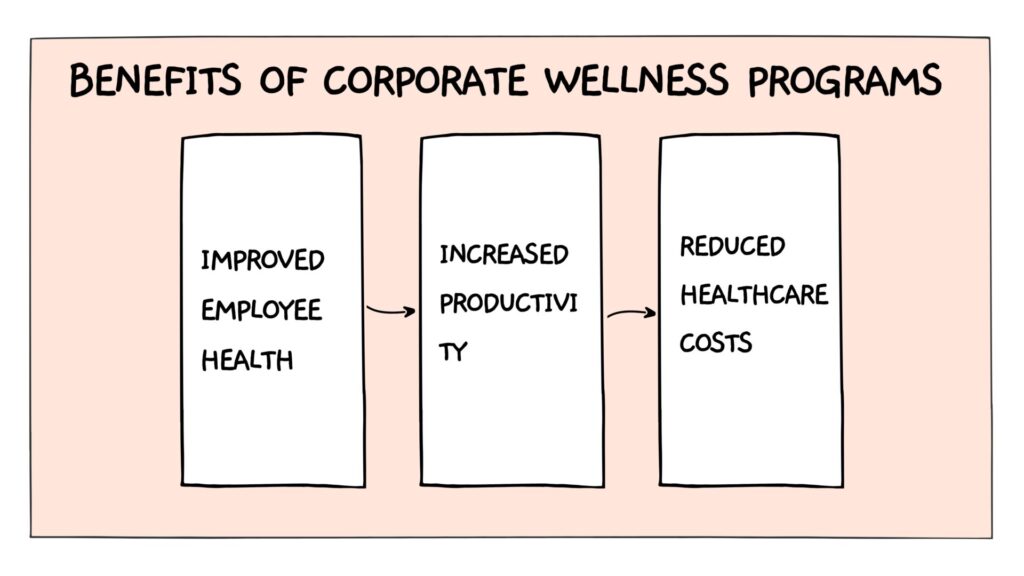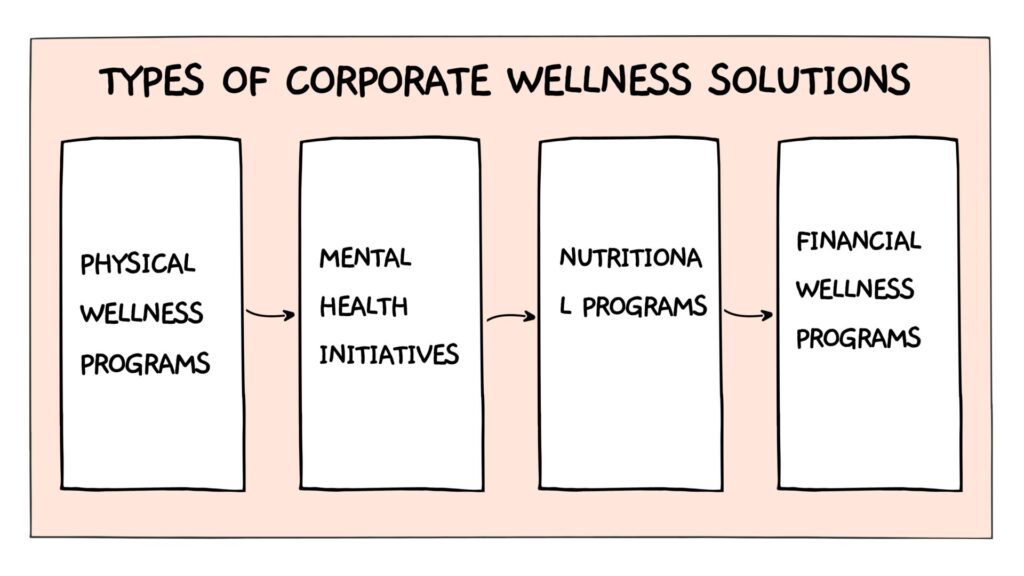Discover how virtual mental health coaching can provide your employees with personalized tips and technology-enhanced wellness support from the comfort of their homes. Learn how this innovative approach can elevate the well-being and productivity of your workforce.
Introduction
In the realm of health and wellness, technology has revolutionized traditional coaching practices, giving rise to a new approach known as technology-enhanced wellness coaching. This innovative method integrates digital tools and platforms with personalized coaching to empower individuals to achieve their wellness goals effectively.
By harnessing the capabilities of mobile apps, wearable devices, and online resources, technology-enhanced wellness coaching offers real-time feedback, personalized strategies, and continuous support, all accessible at the convenience of the individual. This introduction explores how the synergy between technology and personalized coaching is reshaping the wellness landscape, making health improvement more accessible and engaging than ever before.
Technology-enhanced wellness coaching
In recent years, the field of wellness coaching has undergone a transformative evolution with the integration of technology. Technology-enhanced wellness coaching leverages digital tools, mobile applications, wearable devices, and online platforms to enhance the effectiveness and accessibility of traditional coaching practices. This approach personalizes the coaching experience and empowers individuals to take charge of their health and well-being in a more informed and engaging manner.
Components of Technology-Enhanced Wellness Coaching
1. Personalized Assessment and Goal Setting:
Technology-enhanced wellness coaching begins with a comprehensive assessment of an individual’s health status, lifestyle habits, and wellness goals. This assessment may involve surveys, health screenings, and discussions to understand the client’s unique needs and aspirations. Based on this information, personalized wellness goals are established collaboratively between the coach and the client.
2. Utilization of Digital Tools:
Central to technology-enhanced coaching is the use of digital tools and resources. These tools include:
- Mobile Apps: Provide access to personalized fitness plans, nutrition trackers, and mindfulness exercises.
- Wearable Devices: Track metrics such as physical activity, heart rate, sleep patterns, and even stress levels in real time.
- Online Platforms: Host virtual coaching sessions, educational resources, and community forums for ongoing support and engagement.
3. Data-Driven Insights and Feedback:
Digital tools generate a wealth of data that coaches can analyze to provide actionable insights and feedback. For example, trends in activity levels or sleep quality can prompt adjustments to the client’s wellness plan. This data-driven approach enhances the precision and effectiveness of coaching interventions.
4. Behavioral Change Strategies:
Effective wellness coaching goes beyond providing information; it focuses on facilitating sustainable behavioral changes. Coaches employ evidence-based strategies such as motivational interviewing, cognitive-behavioral techniques, and positive reinforcement to help clients adopt healthier habits and routines.
5. Continuous Support and Accountability:
Technology facilitates continuous communication and support between coaching sessions. Coaches can send motivational messages, reminders, and educational content to keep clients engaged and accountable. This ongoing interaction fosters a supportive relationship that strengthens the client’s commitment to their wellness journey.
Benefits of Technology-Enhanced Wellness Coaching
1. Accessibility and Convenience:
Clients can access coaching sessions and resources from anywhere with an internet connection, eliminating the need for physical proximity to a coach’s office.
2. Personalization and Tailored Support:
Clients receive personalized guidance based on their needs, preferences, and progress. This tailored approach enhances engagement and satisfaction with the coaching experience.
3. Real-Time Monitoring and Feedback:
Wearable devices and mobile apps provide instant feedback on health metrics, enabling timely adjustments to wellness strategies and goals.
4. Empowerment and Engagement:
Interactive tools and educational resources empower clients to actively participate in their health management actively, promoting long-term behavior change and self-efficacy.
5. Cost-Effectiveness:
Technology-enhanced coaching may offer cost savings compared to traditional in-person sessions, reducing travel expenses and time commitments.
Future Directions in Technology-Enhanced Wellness Coaching
As technology advances, so will its integration into wellness coaching practices. Future developments may include:

- Artificial Intelligence (AI) Integration: AI algorithms could analyze vast amounts of health data to provide even more personalized recommendations.
- Virtual Reality (VR) Applications: VR platforms may simulate real-life scenarios to support mindfulness training and stress management techniques.
- Enhanced Data Security and Privacy: Stricter protocols will be essential to protect client data in compliance with healthcare regulations.
Integration of AI and Machine Learning
In recent years, integrating Artificial Intelligence (AI) and Machine Learning (ML) has revolutionized various industries, including wellness coaching. By leveraging advanced algorithms and data analytics, AI and ML technologies are enhancing the effectiveness and personalization of wellness coaching programs like never before.
Personalized Insights and Recommendations
AI in wellness coaching can analyze vast amounts of individual data, ranging from fitness metrics and dietary habits to sleep patterns and stress levels. Machine Learning algorithms can process this data to generate personalized insights. For instance, AI can recommend tailored exercise routines, dietary adjustments, and stress management techniques based on a user’s biometric data and daily habits. This personalized approach significantly improves the relevance and impact of coaching sessions, addressing specific wellness goals effectively.
Predictive Analytics for Health Trends
Machine Learning algorithms can also predict health trends based on aggregated data from multiple users. This capability enables wellness coaches to anticipate potential health issues or setbacks for their clients and proactively adjust coaching strategies. For example, suppose the data suggests an increased risk of burnout due to work-related stress. In that case, AI can prompt the coach to focus more on mindfulness exercises or time management techniques during coaching sessions.
Virtual Assistance and Continuous Support
AI-powered virtual assistants are becoming integral to wellness coaching platforms. These assistants can interact with clients in real time, answering questions, providing reminders for medication or workouts, and offering motivational messages. Natural Language Processing (NLP) allows these assistants to understand and respond to users’ queries and concerns, creating a seamless coaching experience.
Data-Driven Decision Making
One of the most significant benefits of integrating AI and ML in wellness coaching is data-driven decision-making. Coaches can access comprehensive analytics dashboards that summarize client progress, adherence to wellness plans, and overall health improvements over time. These insights enable coaches to adjust coaching strategies, ensuring they align closely with the client’s evolving needs and goals.
Ethical Considerations and Human Touch
While AI and ML offer tremendous potential in enhancing wellness coaching, ethical considerations remain crucial. Ensuring data privacy, maintaining transparency in AI algorithms, and preserving the human touch in coaching interactions are essential for fostering trust and effectiveness. Coaches should use AI to augment their expertise and empathy rather than replace human connections.
Ethical and Legal Implications
As digital health coaching becomes more prevalent, addressing ethical and legal considerations is crucial to ensure responsible practice and client trust. This article explores key aspects of regulatory compliance, ethical guidelines for data usage, client confidentiality, and ensuring inclusivity and accessibility for all users.
Regulatory Compliance in Digital Health Coaching
Compliance with regulatory standards is paramount in digital health coaching to safeguard clients and practitioners. Depending on the region, laws such as the Health Insurance Portability and Accountability Act (HIPAA) in the United States or the General Data Protection Regulation (GDPR) in the European Union govern personal health information collection, storage, and use. Digital health coaching platforms must adhere to these regulations to protect client privacy and avoid legal repercussions.
Ethical Guidelines for Data Usage and Client Confidentiality
Ethical guidelines are critical in maintaining client trust and upholding professional standards in digital health coaching. Coaches should obtain informed consent from clients regarding data collection and usage, clearly outlining how their information will be stored and shared. Confidentiality agreements should be upheld rigorously, ensuring client data is accessible only to authorized personnel and used solely for coaching.
Ensuring Inclusivity and Accessibility for All Users
Digital health coaching platforms must prioritize inclusivity and accessibility to effectively cater to diverse user needs. This includes ensuring that coaching materials and communication are accessible to individuals with disabilities, providing language options, and accommodating cultural differences sensitively. User interfaces should be intuitive and user-friendly, supporting seamless navigation for users of all ages and technological proficiency levels.
Balancing Technological Advancements with Human Touch
While technological advancements like AI and data analytics enhance the efficiency and personalization of health coaching, maintaining the human touch is essential. Coaches should integrate empathy, active listening, and personalized interactions into their digital practices to build meaningful client relationships and support holistic wellness.
FAQ’s
What are the benefits of technology-enhanced wellness coaching over traditional methods?
Benefits include real-time feedback and monitoring, greater convenience with remote access, personalized recommendations based on data insights, continuous support through virtual platforms, and the ability to track progress over time accurately.
Can technology-enhanced wellness coaching entirely replace in-person coaching?
While technology enhances accessibility and convenience, in-person coaching offers interpersonal connections and non-verbal cues essential for some clients. Hybrid models that blend both approaches can optimize results by leveraging each other’s strengths.
How do coaches integrate technology without losing the human touch?
Coaches prioritize empathy, active listening, and personalized interactions, even in digital settings. They use technology to augment rather than replace human-centered care, ensuring clients feel supported and understood throughout their wellness journey.
What should employers look for in a technology-enhanced wellness coaching program?
Employers should consider the credibility of the coaching platform, privacy measures for data protection, the availability of personalized features, ease of use of the technology, ongoing support, and alignment with their wellness goals and preferences.
How can technology-enhanced wellness coaching help individuals achieve their wellness goals faster?
By providing personalized guidance, real-time feedback, accountability through progress tracking, and access to educational resources, technology-enhanced coaching empowers individuals to make informed decisions and maintain motivation, accelerating their journey toward wellness.
Conclusion
Technology-enhanced wellness coaching represents a significant advancement in personalized healthcare support. By integrating digital tools like mobile apps, wearable devices, and AI analytics, coaching becomes more accessible, effective, and tailored to individual needs. This approach fosters greater engagement, accountability, and real-time monitoring, empowering individuals to achieve their wellness goals with informed guidance and continuous support.
However, maintaining the human touch and ethical standards remains crucial to building trust and ensuring holistic well-being in this digital era. As technology continues to evolve, the future of wellness coaching holds promise for further innovation and improved health outcomes globally.













 Convenience: Access coaching sessions from anywhere with an internet connection, eliminating travel time and scheduling constraints.
Convenience: Access coaching sessions from anywhere with an internet connection, eliminating travel time and scheduling constraints.